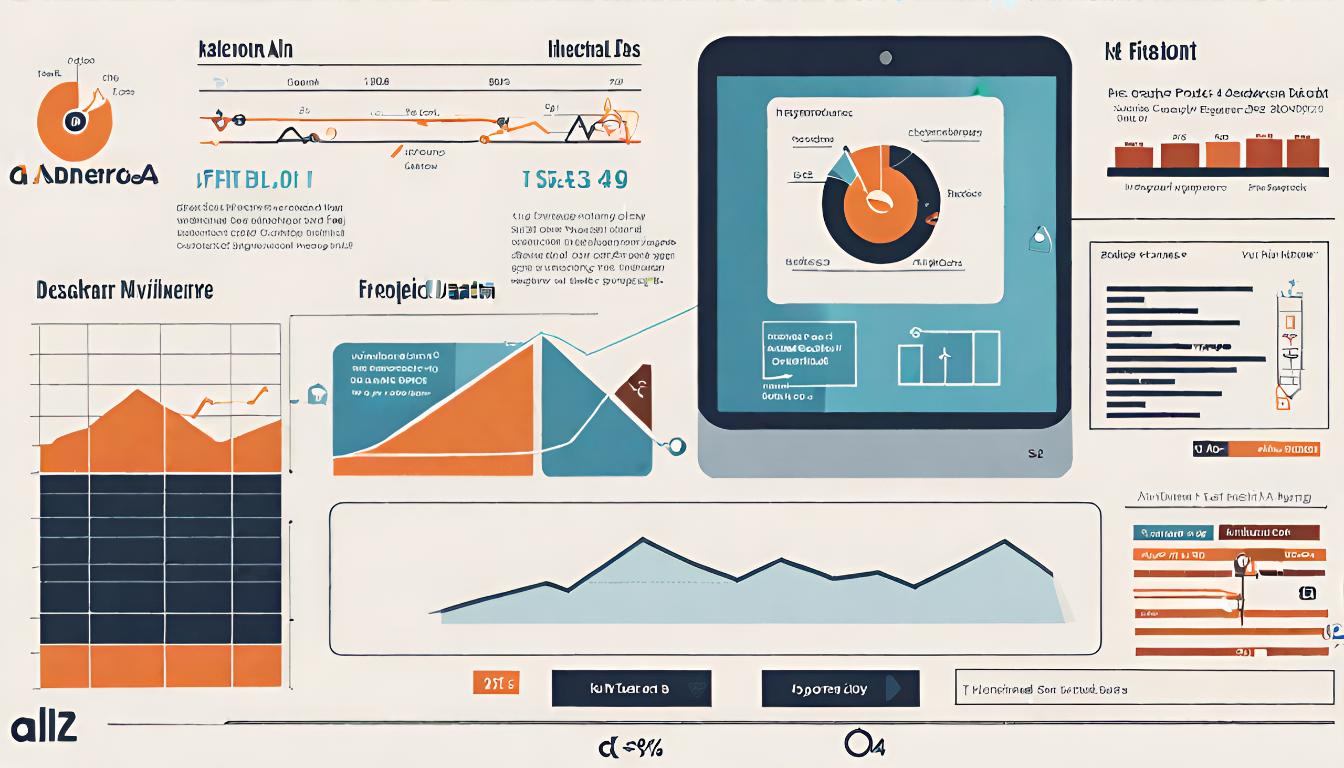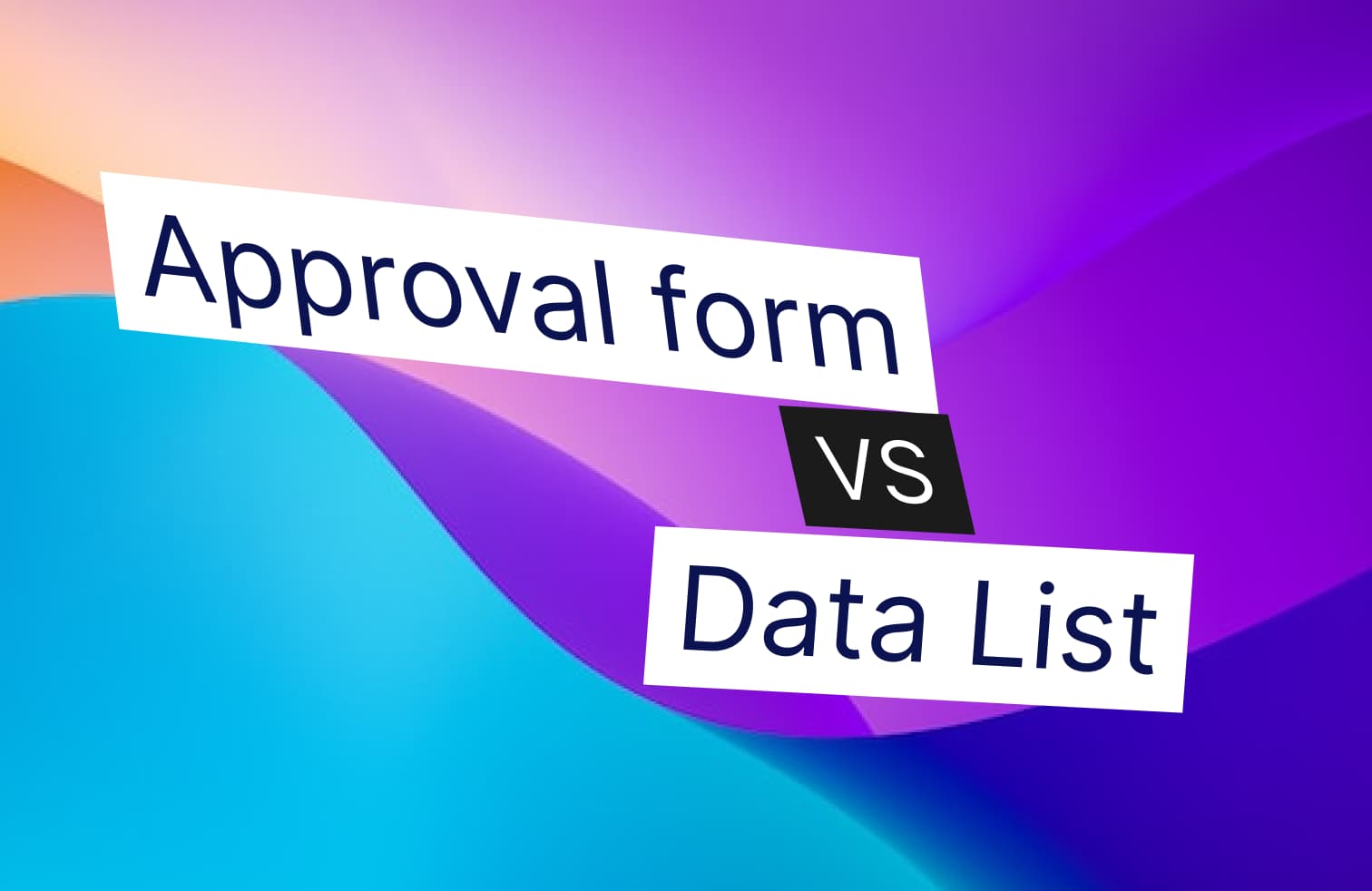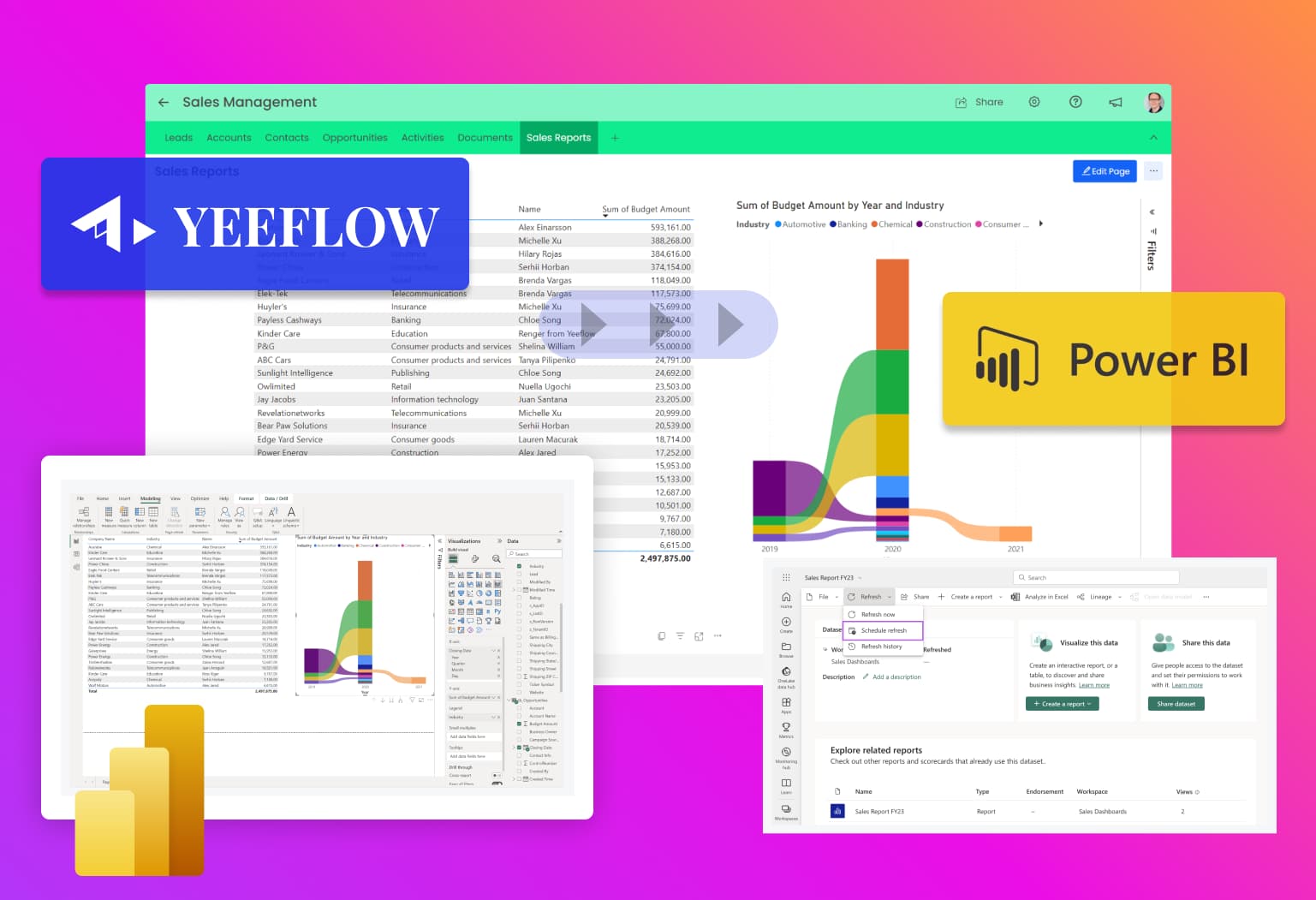In today's fast-paced business world, the ability to quickly sift through and analyze data is invaluable. This is where custom filter experiences come into play. For example, in project management, having the ability to filter tasks by their status, priority, or deadline helps managers to effectively track progress and identify areas needing attention. This targeted approach ensures that resources are allocated efficiently, and crucial tasks are not overlooked.
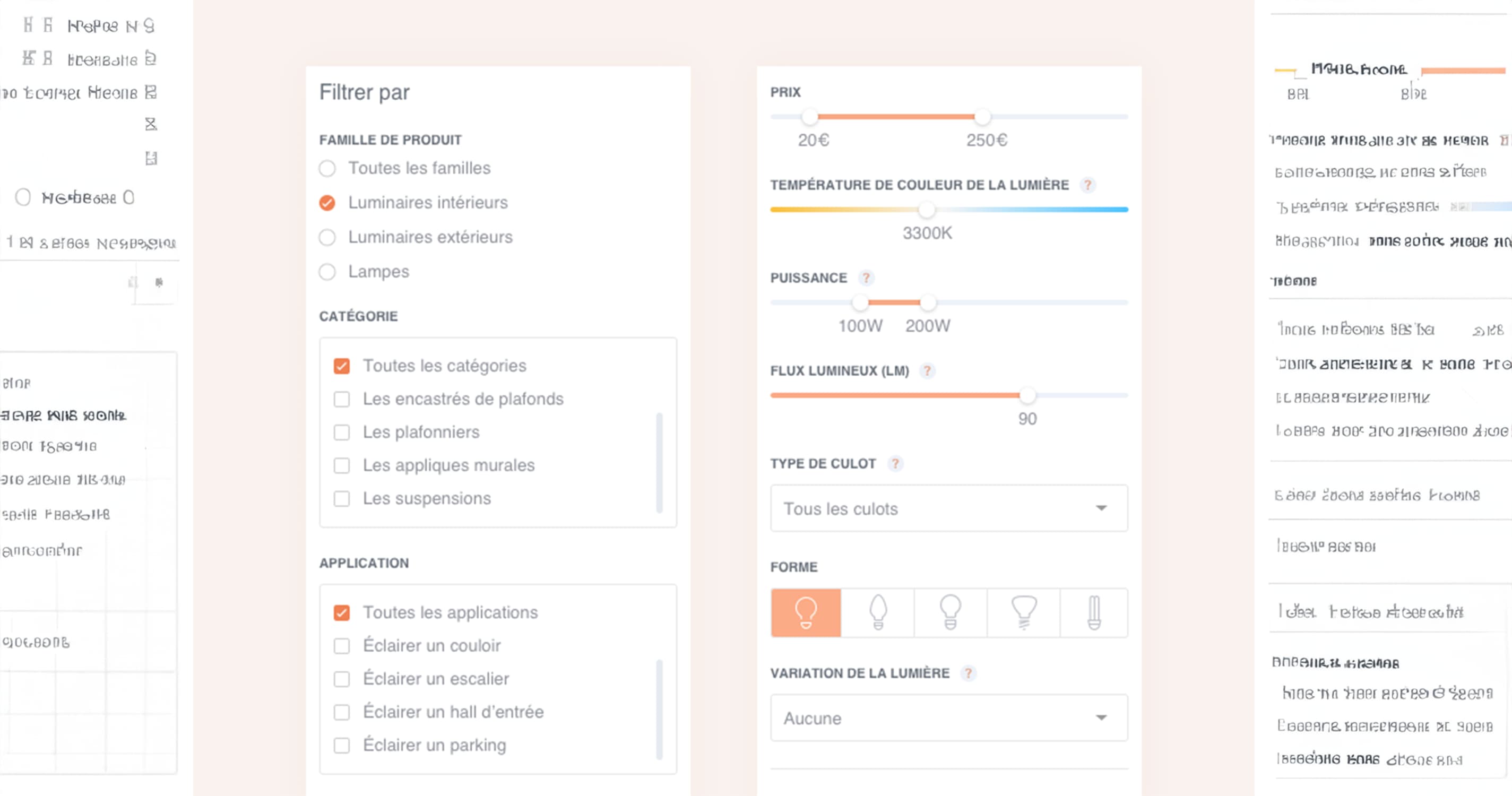
Another scenario where custom filters are indispensable is in human resources management. HR professionals can use filters to sort through large volumes of job applications, focusing on candidates who meet specific criteria like education level, experience, or particular skills. This not only streamlines the recruitment process but also ensures that the best candidates are shortlisted, enhancing the overall quality of hires.
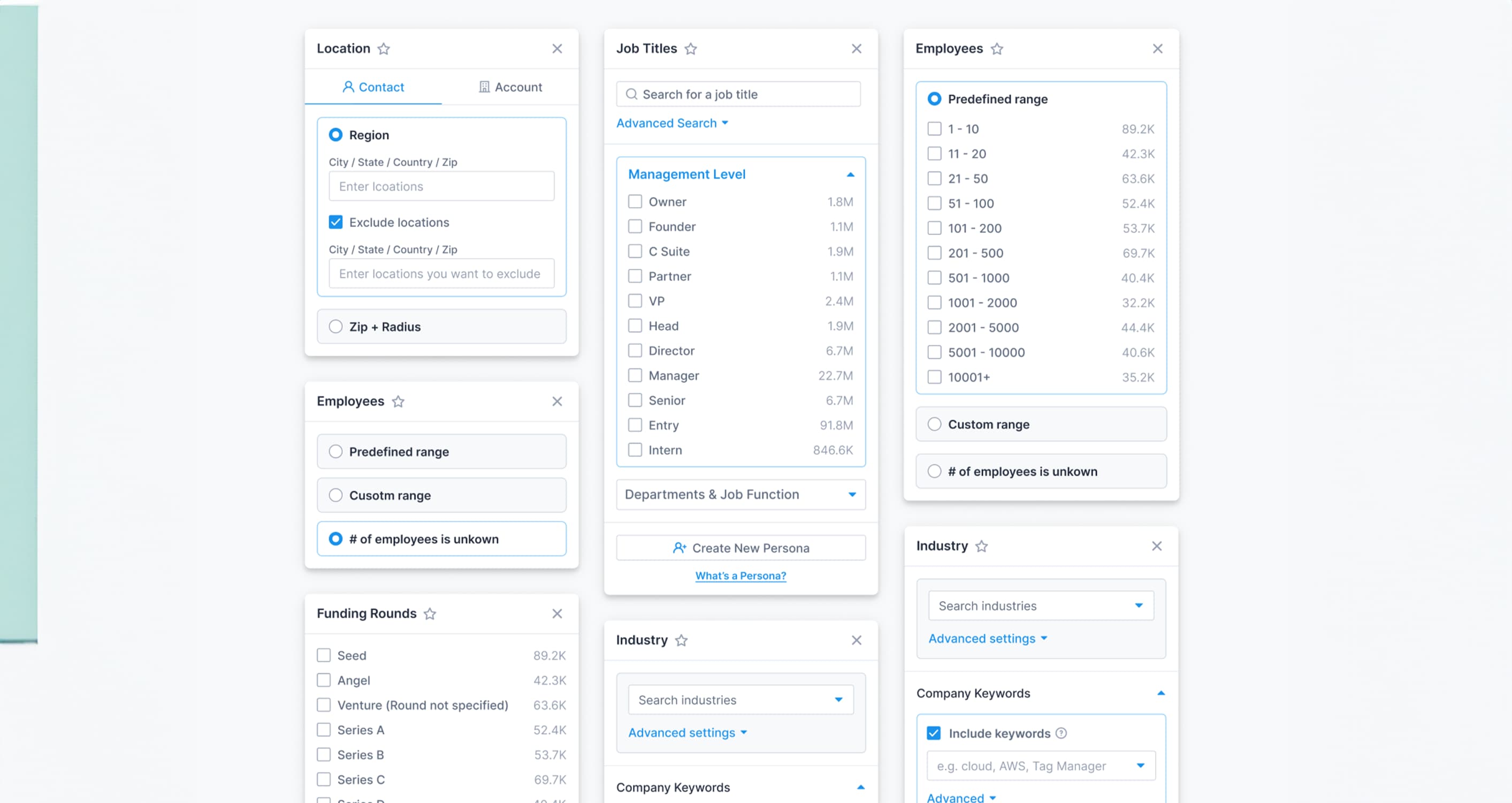
Similarly, in inventory management, custom filters can be a game-changer. They allow for easy categorization and tracking of stock, whether it’s filtering by product type, supplier, or stock levels. This is especially useful in identifying trends, managing supply chain efficiency, and ensuring that inventory levels are maintained optimally to meet customer demands.
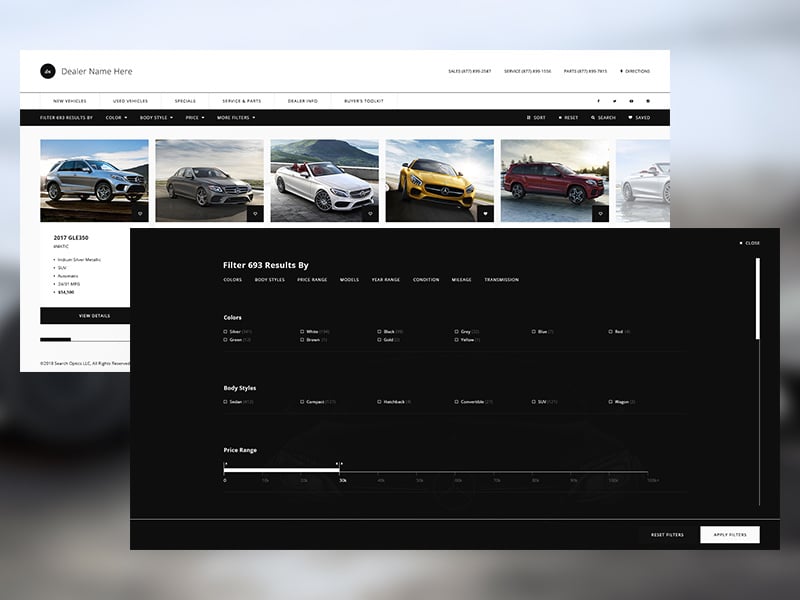
Understanding Yeeflow Data Filter Controls
Yeeflow's data filter controls are a sophisticated suite of tools designed for enhancing the data management capabilities within internal business applications. These controls are not just varied but also highly customizable, catering to the unique needs of different business functions.
It includes diverse types such as text filters for keyword searches, number filters for numeric data, date filters for time-sensitive information, and dropdown filters for predefined options. This range ensures that any type of data, be it employee records, financial figures, or project timelines, can be efficiently managed.
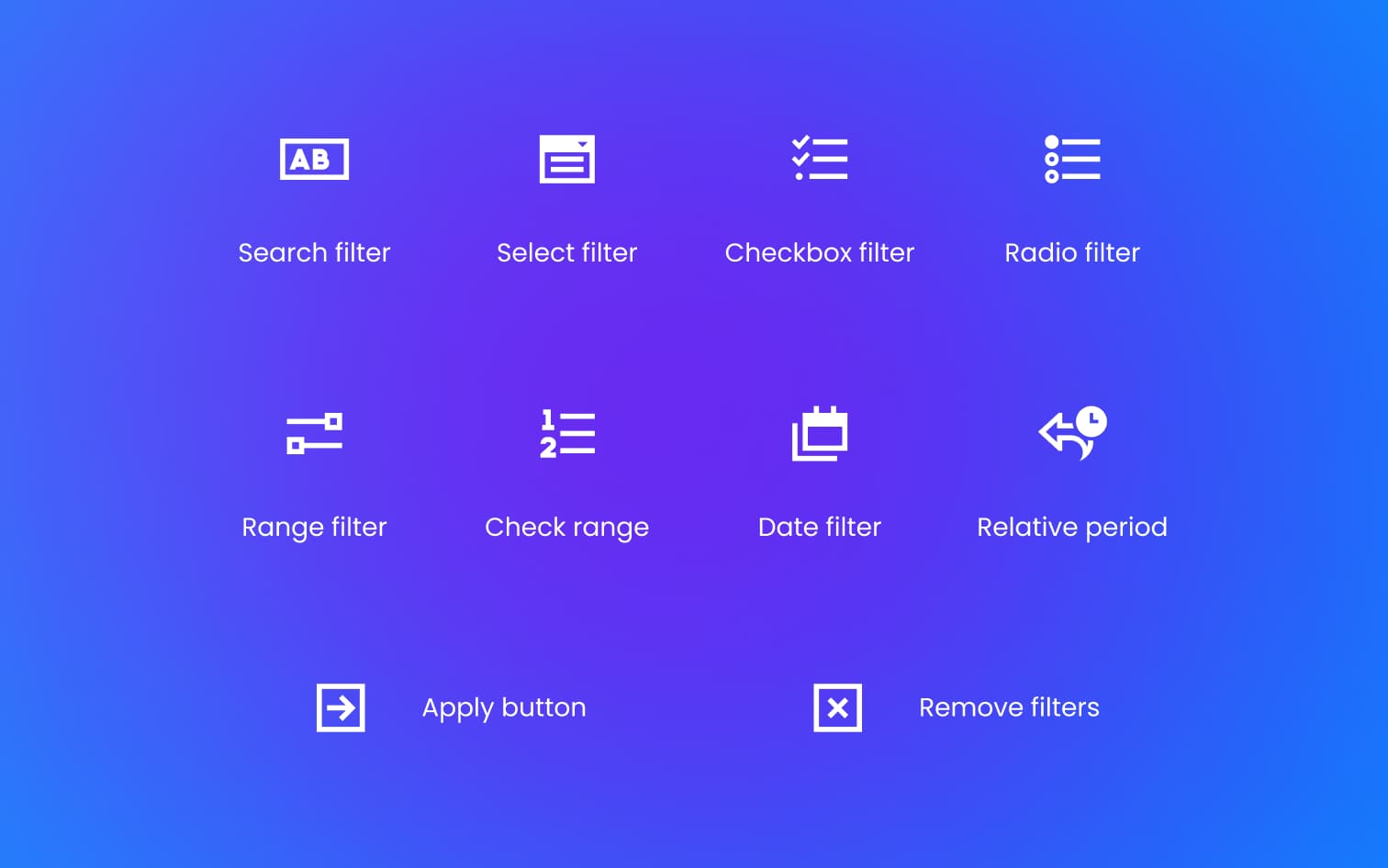
The versatility of these filters lies in their ability to be integrated into various parts of the Yeeflow platform. Whether it’s being used in approval forms to filter submissions, in list forms to manage entries, or in dashboards for a high-level overview, these filters adapt seamlessly. This adaptability is crucial in creating a user-friendly interface that can handle complex data sets with ease.
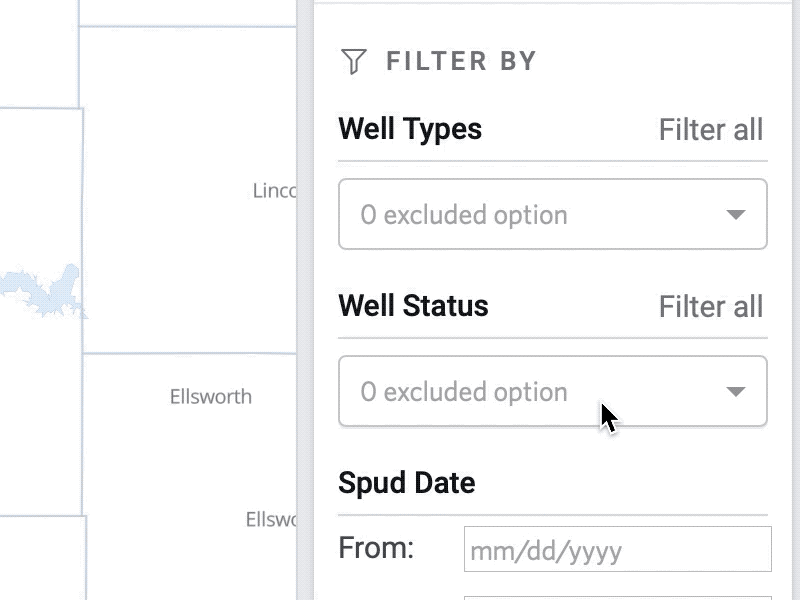
Moreover, the implementation of these filters is intuitive, requiring minimal technical expertise. This user-centric design philosophy means that employees across different departments, regardless of their technical acumen, can effectively utilize these tools. This ease of use does not compromise on power or flexibility, as the filters can be configured to support complex search criteria, enabling users to drill down to the exact information they need.
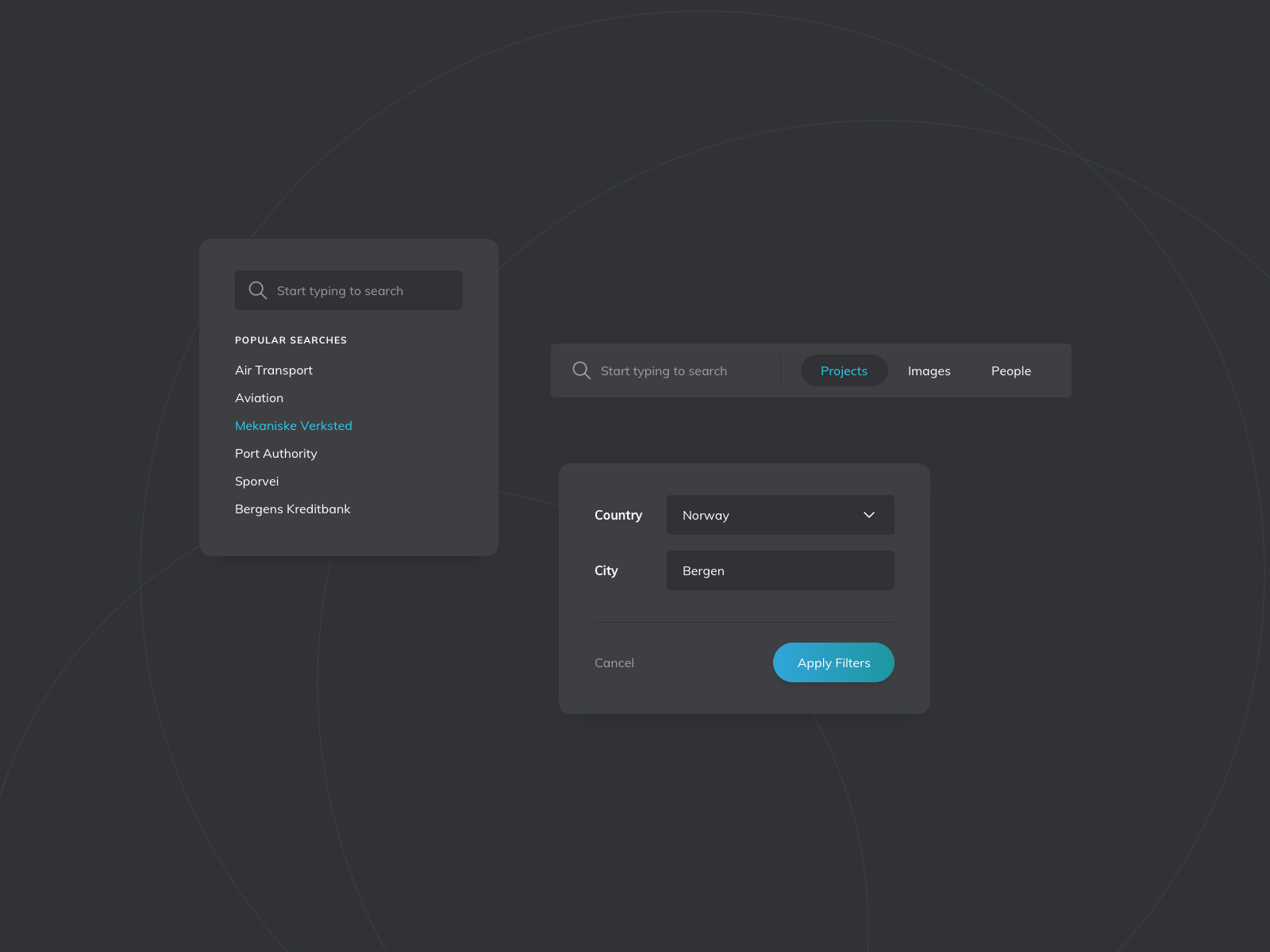
For a more detailed exploration of Yeeflow's data filter controls, you can visit the Yeeflow Help Center here.
The Importance of Filter Controls in Yeeflow
Filter controls are essential in today's data-driven business environment. They serve as the backbone for efficient data management, allowing users to navigate through large datasets with ease. This is particularly important in environments where time is of the essence, and decision-making is data-dependent. For example, in sales departments, quick access to customer data or sales figures can significantly impact client interactions and sales strategies.
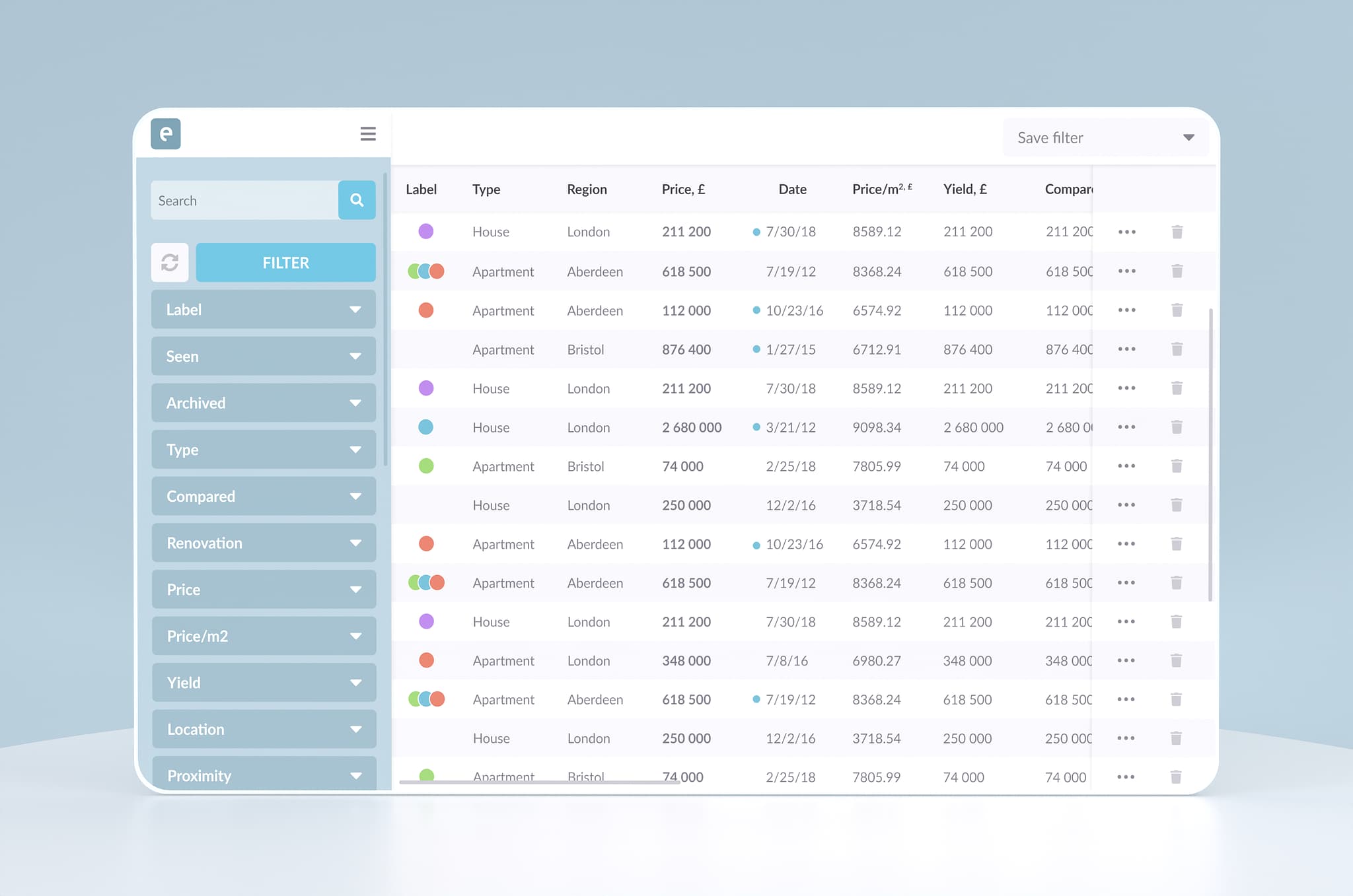
Moreover, filter controls contribute to enhanced productivity. By enabling users to focus on specific data subsets, they reduce the time spent on searching for relevant information, allowing for more time to be dedicated to analysis and decision-making. This is crucial in departments like finance, where filtering through transaction records or budgets can streamline financial reporting and analysis.
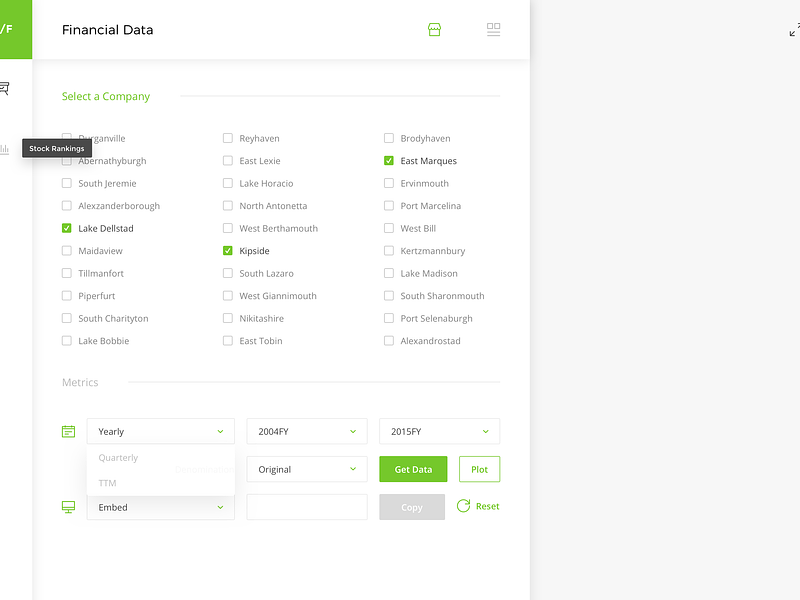
In addition, filter controls support a more organized and systematic approach to data management. They help maintain clarity in datasets, making it easier to identify trends, anomalies, or opportunities. This aspect is particularly beneficial in fields like market research or product development, where understanding data patterns can influence future strategies and innovations.
Designing Optimal Data Filter Experiences in Yeeflow
Designing effective data filter experiences in Yeeflow involves a balance between user-friendliness and functionality. The first step is understanding the user's needs. Identifying the most commonly accessed data types and the contexts in which they are used can guide the creation of relevant and intuitive filters. For example, a sales team may benefit from filters that sort and categorize leads based on interest level or geographic location.

The next step is to ensure that the filters are easy to use. This means creating a clear and intuitive interface where filters are easily accessible and understandable, even for users who may not be technically inclined. Customization options, like allowing users to save their most-used filters, can enhance the experience further.

Finally, flexibility is key. Businesses evolve, and so do their data needs. Ensuring that the filter controls in Yeeflow can be easily modified or expanded to accommodate changing requirements is crucial. This adaptability not only future-proofs the system but also ensures that it continues to provide value as the business grows and evolves.
Unlocking Business Potential with Yeeflow's Data Filters
To wrap up, the implementation of Yeeflow's data filter controls is a strategic step towards enhanced data management and business efficiency. These tools are designed to empower teams in various sectors, ensuring that data is not just accessible but also actionable.
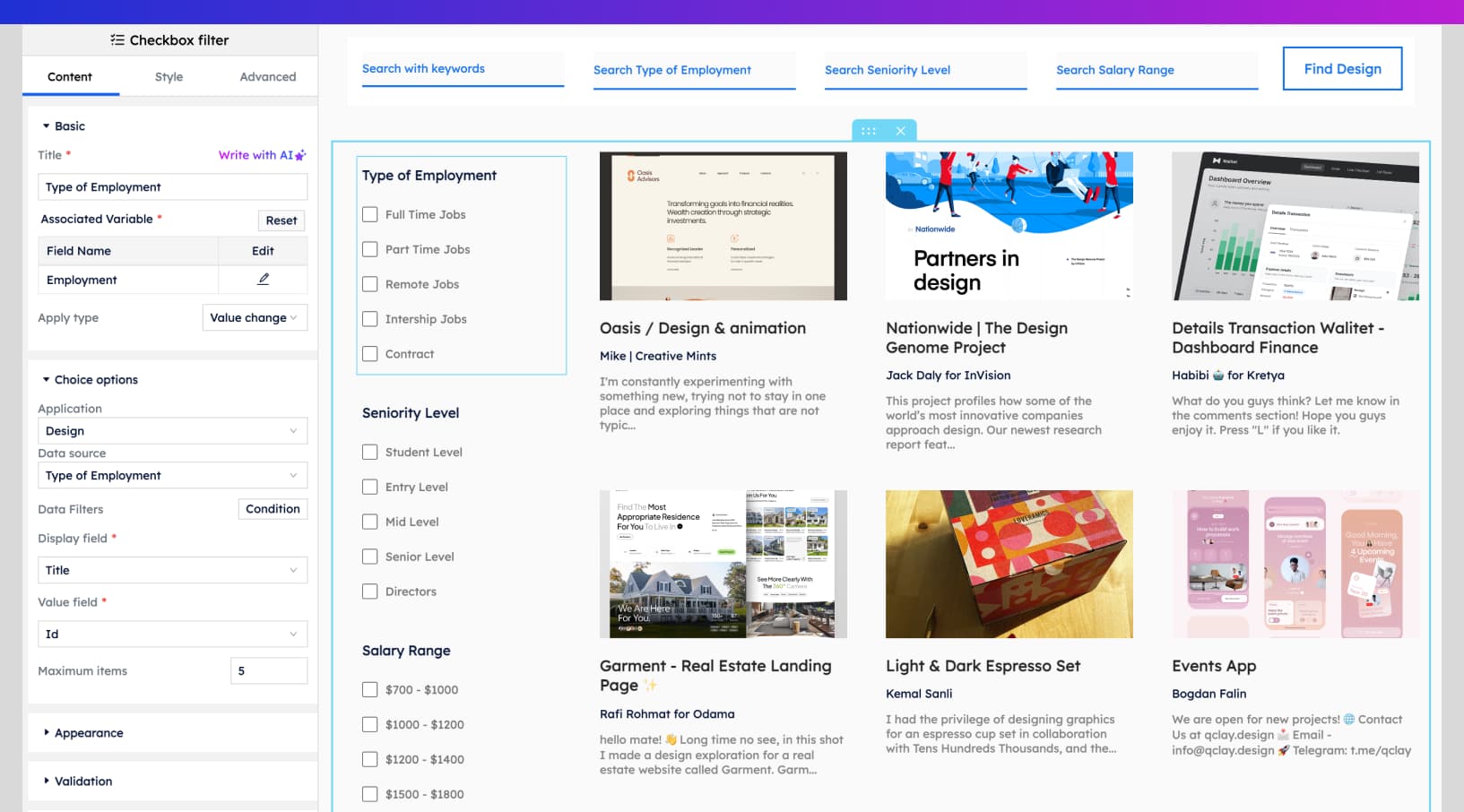
We invite you to experience the transformative impact of Yeeflow's data filters. Visit our help center articles to explore these features and start optimizing your business processes. Embrace the change and unlock your business's potential with Yeeflow.
If you haven't had the chance to explore Yeeflow yet, I highly recommend giving it a try. Start to sign up for the 30-day free trial to experience firsthand how our data filters can revolutionize your data management strategies.


